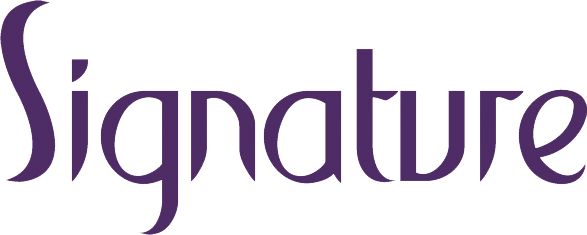cataracts, amd & glaucoma
Cataracts, AMD & Glaucoma are eye conditions that occur from 60+ sometimes they can cause significant vision impairment or even blindness if left untreated for a long period of time.
Cataracts 
Is an eye condition that causes lens clouding that affects vision. Cataracts can be hereditary, as parents may pass down genetic mutations that cause the disease. However, most cases of cataracts are due to the cumulative effects of lifelong environmental exposures and aging. Sometimes people with diabetes have a higher risk of cataracts depending on how long they have had the condition, how frequently blood sugar levels are high. There is currently no treatment for preventing or slowing the progression of cataracts.
Surgery is the only cure for cataracts and is usually offered on the NHS if your cataracts are affecting your eyesight and quality of life. Cataract surgery involves replacing the cloudy lens inside your eye with an artificial one. It has a high success rate in improving your eyesight. It can take 2 to 6 weeks to fully recover from cataract surgery. The surgery waiting time can be long – around 18 weeks. Fortunately, with early diagnosis and appropriate treatment and people with these conditions can still enjoy good vision.
Post-surgery – After care
A person will need to wear a special eye shield or glasses while they recover, avoid certain activities, and take medication. A doctor may prescribe medications such as medicated eye drops after cataract surgery. They may also prescribe antibiotics to reduce the chance of infection. It is essential that a person takes any prescribed medication as the doctor instructed. Most people are completely healed 8 weeks after their cataract surgery, provided there are no complications.
It is typical to experience:
- Soreness.
- Watery eyes.
- Double vision.
- Eye redness.
- Sensitivity to light.
AMD
Macular degeneration and cataracts are similar eye disorders that affect a person’s vision. Age-related macular degeneration (AMD) is an eye condition that affects the retina and a person’s central vision. The most common symptoms are black spots in a person’s central vision, difficulty seeing details and straight lines appearing wavy. The exact cause is unknown but it’s been linked to smoking, high blood pressure, being overweight and having a family history of AMD.
There are two different types of AMD.
Dry AMD
- Caused by a build-up of a fatty substance called drusen at the back of the eye.
- Commonly may get worse of several years.
- No treatment needed unless it develops into wet AMD.
Wet AMD
- Caused by the growth of abnormal blood vessels at the back of the eyes
- It can get worse quickly – sometimes days or weeks.
Symptoms include:
- Seeing straight lines as wavy or crooked.
- Objects looking smaller than normal.
- Colours seeming less bright than they used to.
There are a few different medications used to treat Wet AMD, although they all are effective in treating the eye, the main difference between them is how long they last in the eye. Right now, medication known as anti-vascular endothelial factor (anti-VEGF), injected directly into the eye, is the most effective form of treatment for Wet AMD.
Glaucoma
Glaucoma is another common eye condition where the optic nerve, which connects the eye to the brain, becomes damaged. It’s usually caused by fluid building up in the front part of the eye, which increases pressure inside the eye.
Glaucoma can lead to loss of vision if it’s not diagnosed and treated early. An increase in pressure then damages the nerve that connects the eye to the brain (optic nerve). Glaucoma can occur at any age but is more common in older adults. It is one of the leading causes of blindness for people over the age of 60. What causes the pressure in your eye to increase isn’t always known.
It’s often unclear why this happens, although certain things can increase the risk, including:
- Your age.
- Glaucoma becomes more common as you get older.
- Your ethnicity.
- People of African, Caribbean or Asian backgrounds are at a higher risk.
- Your family history.
- You’re more likely to develop glaucoma if you have a parent or sibling with the condition.
And sometimes other medical conditions – such as short-sightedness, long-sightedness and diabetes. Many forms of glaucoma have no warning signs. The effect is so gradual that you may not notice a change in vision until the condition is in its later stages.
SIGNATURE
Often, recovery time for these surgical procedures can be 4-8 weeks. Signature Care Homes always offer help with all post-surgical conditions; respite stays are a minimum of two weeks and residents can stay until they’re fully recovered and comfortable to manage on their own – this person-centred care is tailored to each resident’s requirements to help them recover as soon as possible. Additionally, nursing care at Signature is available for residents who need a qualified nursing care team, for example, this may include people who need rehabilitative care after an accident, stroke or surgery. For those who need more specific support, highly skilled and experienced nurses are available around the clock, medication is always monitored and residents are reminded to follow the necessary steps as per their doctor’s orders and advice.
To speak to one of our advisors, please book a consultation here.


